Total gastrectomy for locally advanced cancer: the pure laparoscopic approach
- PMID: 24759817
- PMCID: PMC3938005
- DOI: 10.1093/gastro/got005
Total gastrectomy for locally advanced cancer: the pure laparoscopic approach
Figures
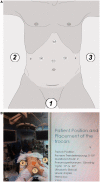

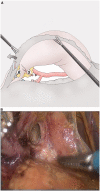
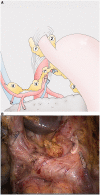
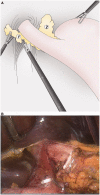
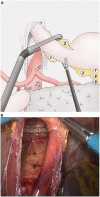
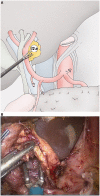
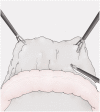


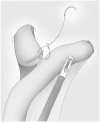

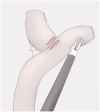
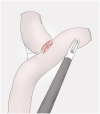
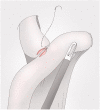
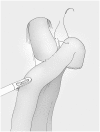
References
-
- Azagra JS, Ibañez-Aguirre JF, Goergen M, et al. Long-term results of laparoscopic extended surgery in advanced gastric cancer: a series of 101 patients. Hepatogastroenterology. 2006;53:304–8. - PubMed
-
- Huang JL, Wei HB, Zheng ZH, et al. Laparoscopy-assisted D2 radical distal gastrectomy for advanced gastric cancer. Dig Surg. 2010;27:291–96. - PubMed
-
- Strong VE, Devaud N, Karpeh M. The role of laparoscopy for gastric surgery in the west. Review article. Gastric Cancer. 2009;12:127–31. - PubMed
-
- Nunobe S, Hiki N, Tanimura S, et al. Three-step esophagojejunal anastomosis with atraumatic anvil insertion technique after laparoscopic total gastrectomy. J Gastrointest Surg. 2011;15:1520–25. - PubMed
LinkOut - more resources
Full Text Sources
Other Literature Sources

